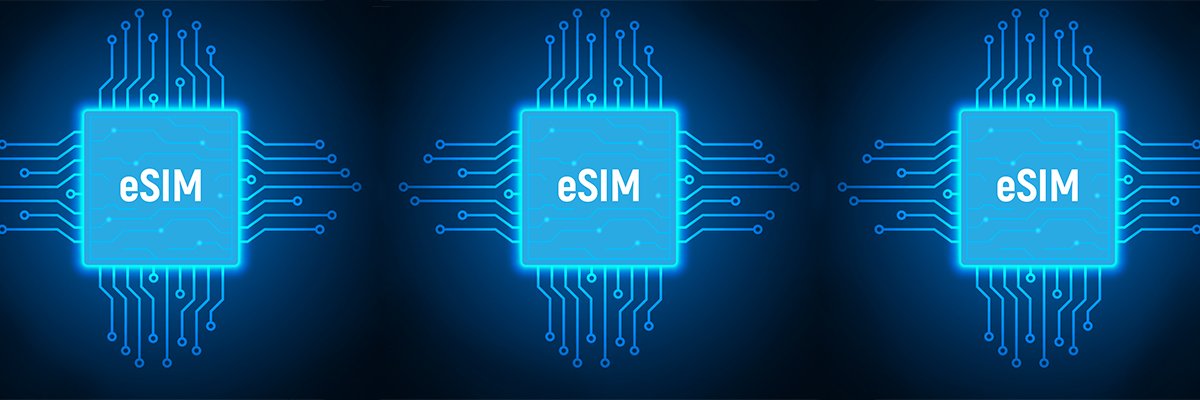The embedded subscriber identity module (eSIM) industry has seen huge growth and uptake by leading firms in the sector over the past year, and this accelerating adoption is poised to reshape the cellular internet of things (IoT) landscape, driving growth and market disruption, according to a report from analyst GlobalData.
eSIMs enable users to activate a cellular plan from a mobile network operator (MNO) without the need for a physical SIM card in the device, and original equipment manufacturers (OEMs) such as Apple and Samsung are increasingly offering eSIM-enabled devices. Compared to traditional SIM cards, eSIMs offer benefits such as cost reduction, operational efficiency, and enhanced security.
As eSIM adoption gains momentum, GlobalData predicts that it is set to impact various aspects of the internet of things (IoT) ecosystem, influencing market dynamics and contributing to the continued growth of cellular-based solutions in the enterprise IoT services market.
In the case of eSIMs, the subscriber identification is downloaded to an embedded universal integrated circuit card (eUICC). Noting that they will be functioning as a software-based solution, GlobalData said eSIMs will soon be able to take advantage of a new industry standard that empowers remote deployment and programming. This flexibility is designed to enable cellular operators, device manufacturers, users, or third-party eSIM managers to program seamlessly devices for network operator switches, eliminating the need for physical SIM card replacements.
“eSIMs have been around for a few years, but it is fair to say that before now there has been much more enthusiasm on the part of users and device makers than mobile network operators, which have viewed them as a threat,” said GlobalData senior principal analyst, enterprise technology and services, John Marcus. “That is starting to change, following the publication of a new industry specification for IoT eSIM earlier this year.”
GlobalData believes there are several benefits of eSIM adoption in IoT, including cost reduction for operators, users, and device manufacturers, diminished hardware and operational expenses, simplified installation and deployment processes, heightened flexibility, and improved security measures.
The analyst firm forecasts cellular-based solutions will continue to account for the largest slice of the enterprise IoT services market through 2027, growing slightly faster than the overall market at 17.3% compound annual growth. eSIM adoption will drive part of that growth, along with upgrades from 2G-3G switch-offs, 5G adoption, and private cellular connectivity.
The report also highlighted the GSMA’s new eSIM specification, SGP.32, designed specifically for IoT. This specification replaces the old M2M eSIM standard, offering simplified remote provisioning with an IoT Manager module and an embedded IoT Provisioning Assistant. GlobalData said the automated profile switching capabilities of SGP.32 presents numerous advantages for OEMs and users, including increased flexibility, longer lifespan, lower costs, and benefits for device makers, fostering global product development.
“While eSIM represents nothing but upside for manufacturers of IoT devices and connected products, the trend is likely to impact – one way or another – all areas of the cellular IoT ecosystem,” Marcus added. “In addition to the positive implications of automated profile switching enabled by the standard, it brings challenges such as the potential for increased competition for IoT service providers and a shift in control dynamics among the operator, SIM, and device.”
According to a study by Juniper Research, the value of the global eSIM market is expected to increase from $4.7bn in 2023 to $16.3bn by 2027. Juniper expects that by the end of 2023, the eSIM market will have grown year-on-year by 249%.
A July 2022 study from global mobile trade association the GSMA found 260 mobile operators in 88 countries already offered commercial eSIM services for smartphones and forecast that eSIMs would account for 76% of all smartphone connections.
